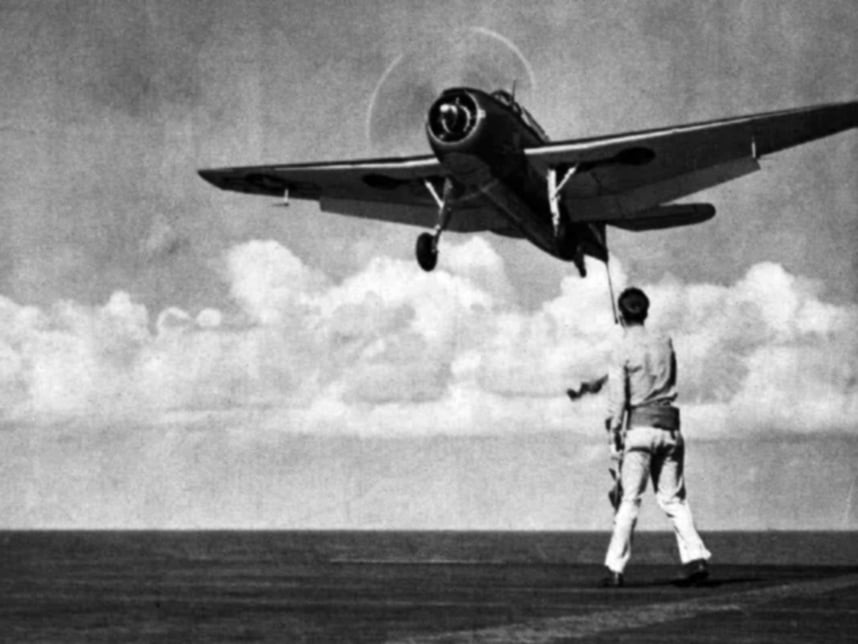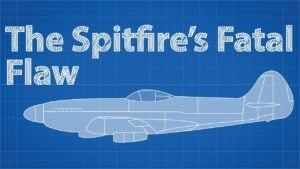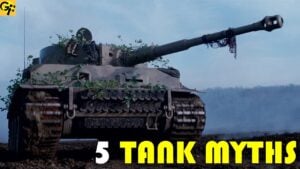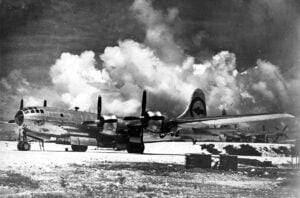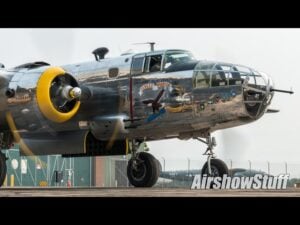How an “Overcomplicated” Design Turned Into the Most Lethal Bomber of WWII

USN, Public domain, via Wikimedia Commons
A Plane Built to Survive
In early 1942, the Pacific Ocean was a graveyard for Allied ships. Every torpedo bomber that left a carrier seemed destined not to return. The Navy needed a new aircraft—something powerful enough to survive enemy fire and bring its crew home. On Long Island, engineer Leroy Grumman believed he had built it. His creation, the TBF Avenger, was massive—the largest single-engine aircraft ever designed for carrier operations. Critics said it was too heavy, too complex, and too difficult to handle. But Grumman’s belief was simple: a good aircraft should protect its crew above all else.
Every system in the Avenger had a backup. Every control was reinforced. The aircraft could absorb damage that would destroy any other plane and still make it back to base. It was overbuilt, yes—but that overengineering would soon prove its worth in blood.

Trial by Fire
The Avenger’s first test came at the Battle of Midway in June 1942. Six newly delivered Avengers took off from Midway Island to strike the Japanese fleet. Within minutes, five were shot down. Only one limped home, riddled with holes, its gunner dead, its pilot barely alive. Many thought the new aircraft had failed. Yet that single survivor told another story. Despite shredded control lines and gaping damage, it had still managed to fly back. Grumman’s “too complicated” design had kept its crew alive.
Production ramped up soon after. By late 1942, Avengers filled carrier decks across the Pacific. Powered by a Wright R-2600 engine and armed with a heavy torpedo and multiple defensive guns, the Avenger was slow but unstoppable. Once pilots learned its strengths, it became a deadly force in the sky.
Turning the Tide
By 1943, Avengers hunted Japanese ships across the Pacific, flying in coordinated groups that combined torpedo bombers, dive bombers, and fighters. The aircraft’s greatest weapon wasn’t speed—it was endurance. Time and again, crews came back alive, their aircraft peppered with bullet holes. Slowly, the tide began to turn. Avengers sank cruisers, destroyers, and even aircraft carriers.
The Avenger’s reach went beyond the Pacific. In the Atlantic, it became a submarine hunter. Equipped with radar and depth charges, it patrolled long stretches of ocean, protecting convoys from German submarines. Its stability and range made it one of the most reliable anti-submarine aircraft ever built.

Heroes and Machines
Among the young men who flew Avengers was a 20-year-old pilot named George Herbert Walker Bush. During a mission over the Pacific in 1944, his plane was hit and engulfed in flames. Bush stayed at the controls long enough to complete his bombing run before bailing out into open water. He survived, rescued by a U.S. submarine, but his two crewmates did not. For the rest of his life, Bush credited the Avenger with saving him.
The Avenger’s durability came from Grumman’s unique approach to engineering. Its massive frame could fit a full crew, torpedo bay, and even gear for emergency landings at sea. Its folding wings—Grumman’s own invention—allowed it to fit onto cramped carrier decks, a simple but ingenious design that became standard in naval aviation.
From Failure to Legend
By 1944, the Avenger had evolved from an underdog to a legend. At the Battle of Leyte Gulf, waves of Avengers sank Japan’s largest battleships, including the Musashi and later the Yamato. They attacked low through heavy anti-aircraft fire, their torpedoes striking with devastating precision. The aircraft once mocked for being too complicated had now become the Navy’s deadliest weapon.
When the war ended, Avengers continued to serve around the world. They fought submarines, rescued survivors, and even studied weather patterns. Many found new lives in civilian roles—spraying crops, fighting fires, and patrolling coasts. Built not for glory but for survival, the Avenger proved that real strength lies not in speed or beauty, but in resilience.
